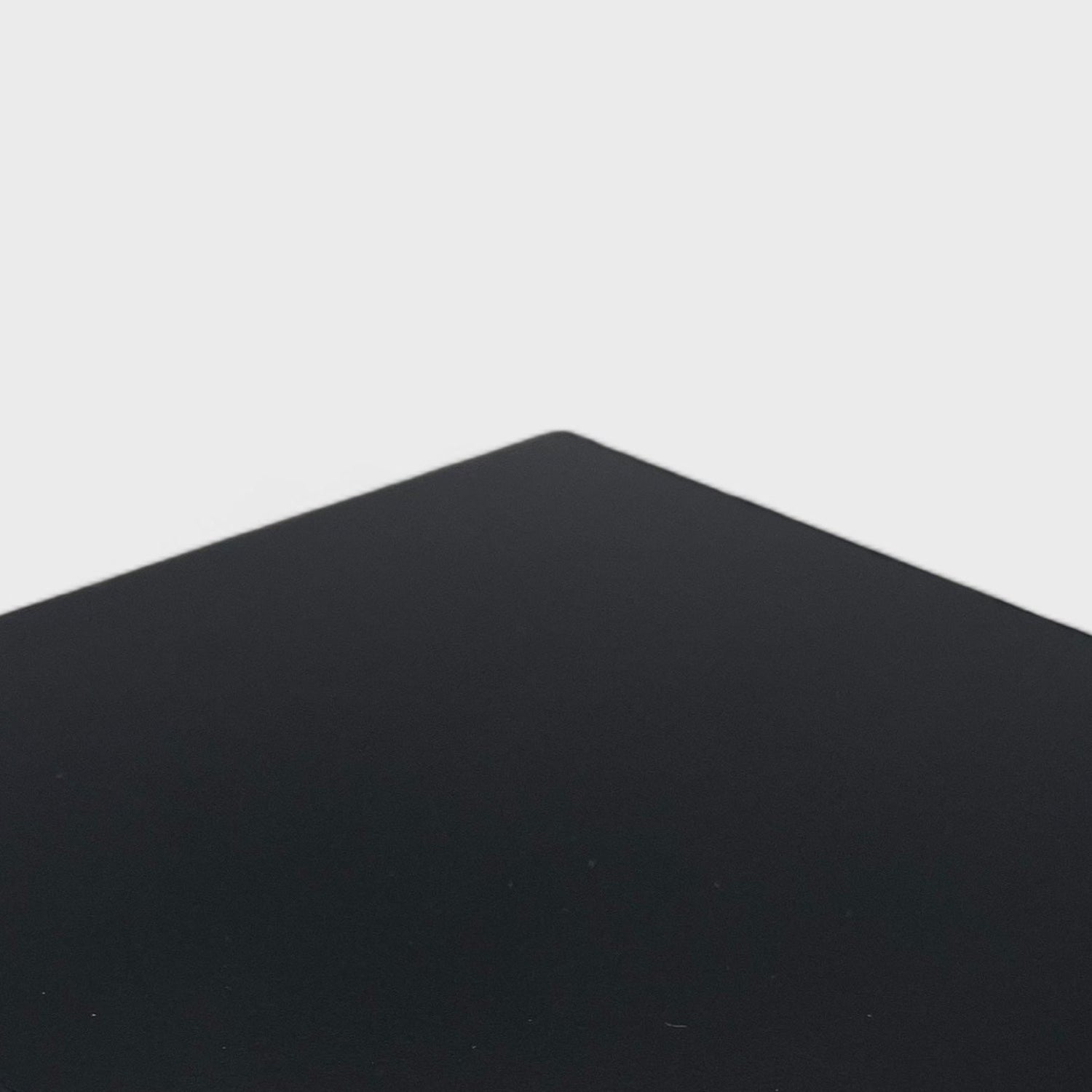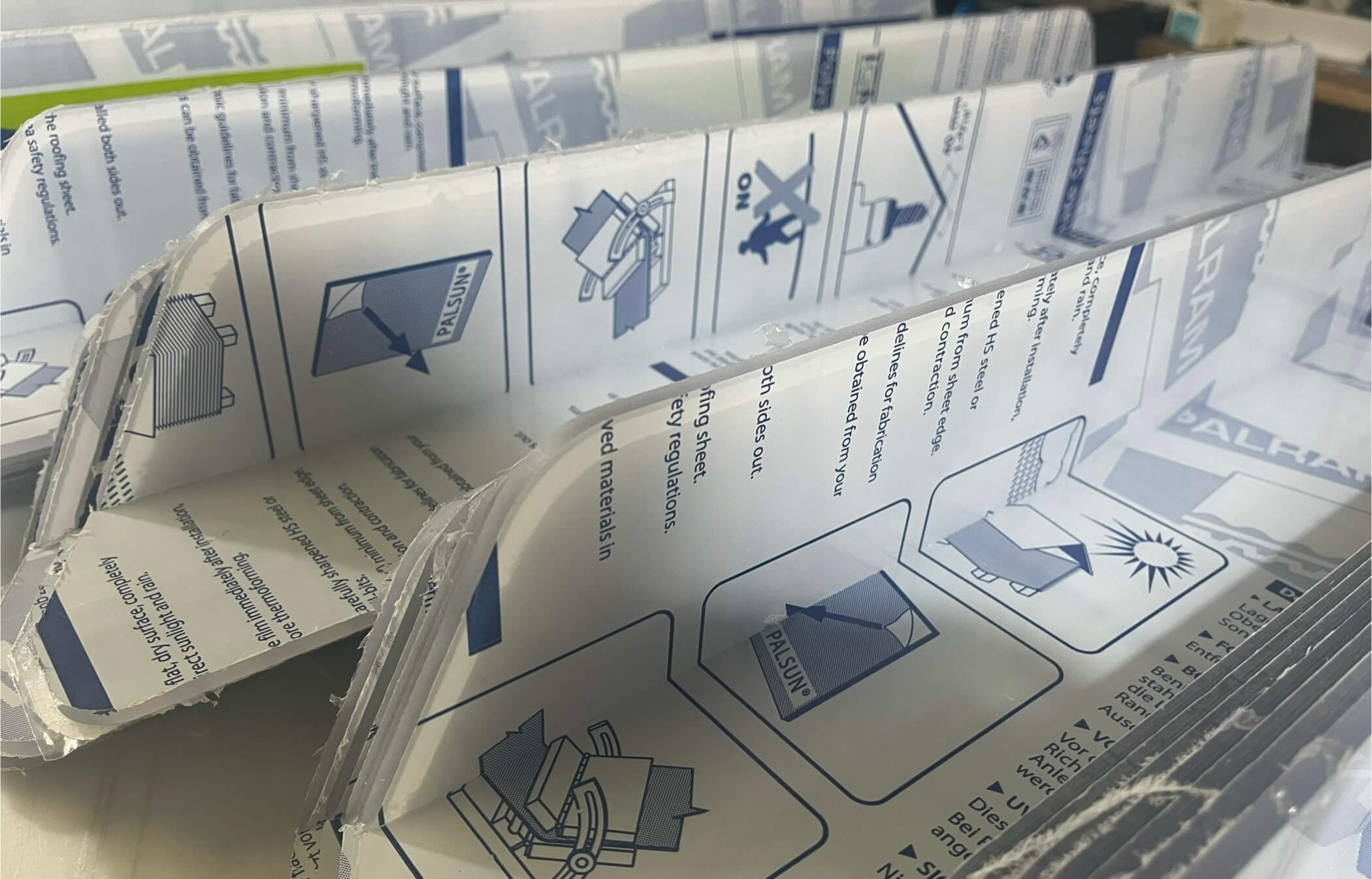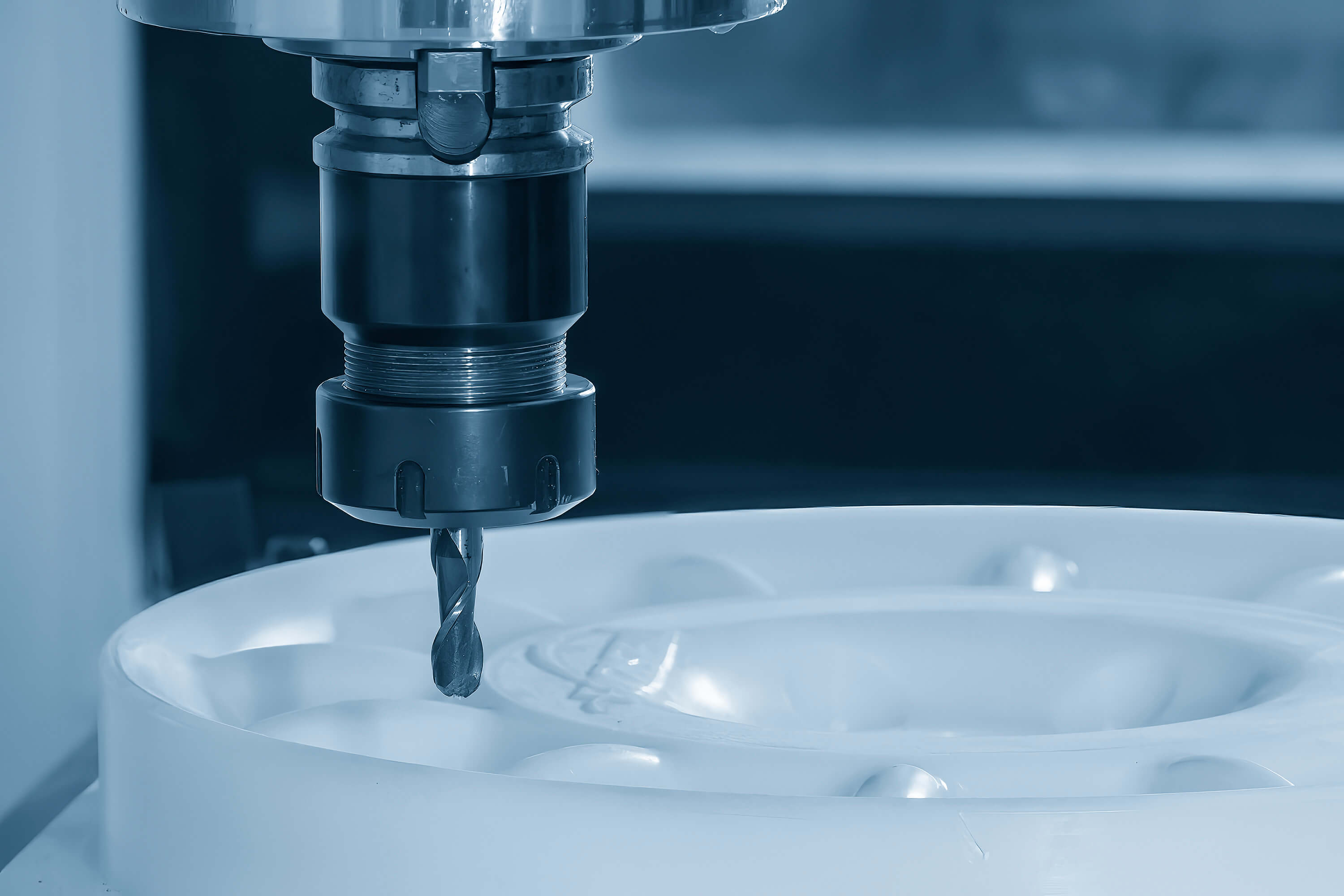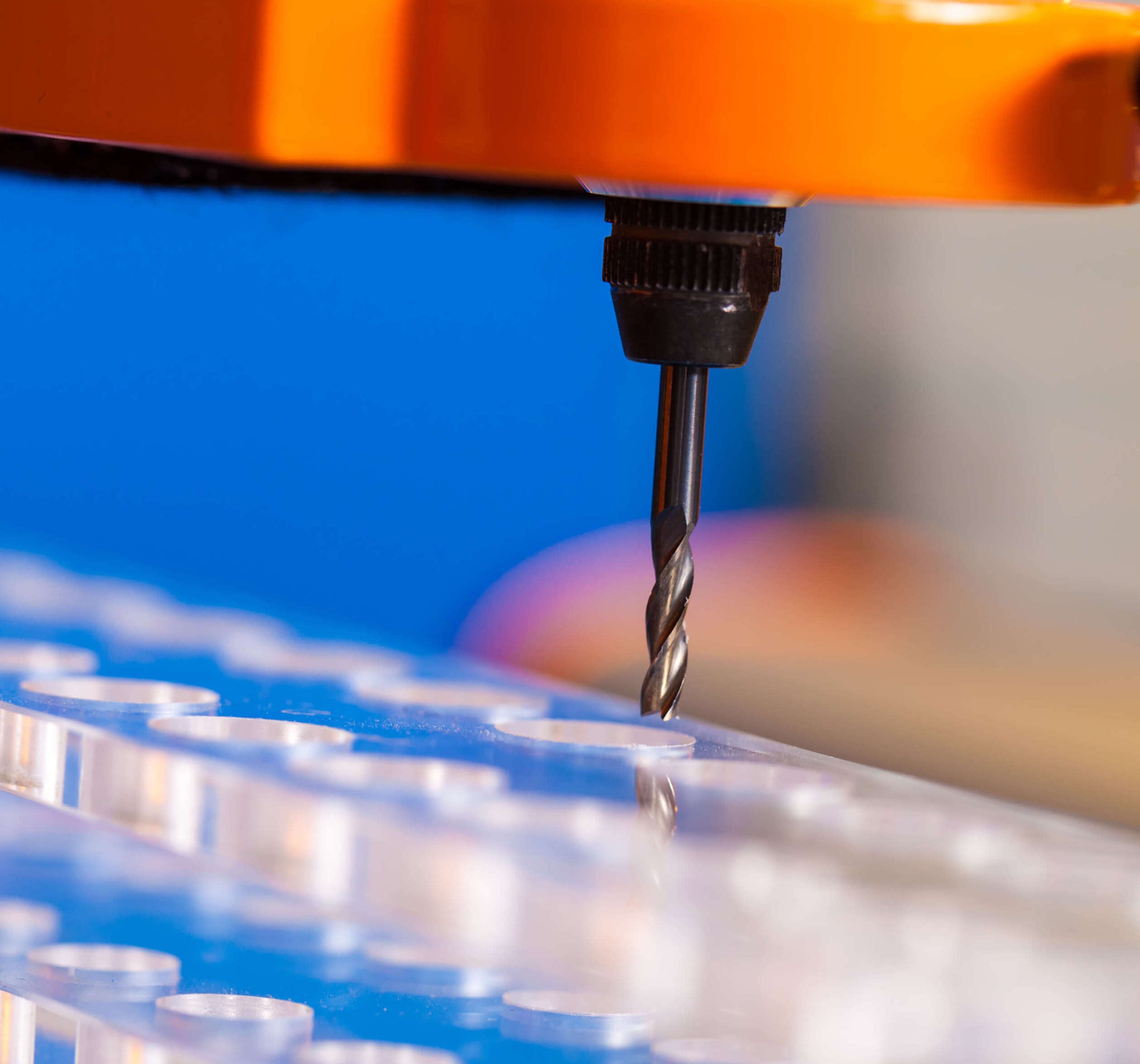Polyethylene, often abbreviated as PE, is one of the most widely used and versatile thermoplastics in the world. Known for its resilience, durability, and excellent resistance to chemicals and moisture, polyethylene is employed across a broad range of industries, including engineering, packaging, construction, and medical fields. In industrial and engineering applications, three main types are commonly used: PE300 (HDPE), PE500 (HMWPE), and PE1000 (UHMWPE), each serving specific purposes based on its molecular weight and properties.
What is Polyethylene?
Polyethylene is a polymer made from ethylene, a simple hydrocarbon compound. Through a polymerisation process, ethylene molecules are linked together to form long chains of carbon atoms, creating a material that can vary in density, strength, and flexibility depending on the manufacturing process and molecular structure. Polyethylene’s ability to be tailored to meet different performance requirements makes it a go-to material in many industries. It is categorised based on its molecular weight, affecting its characteristics and defining its specific uses.
Types of Polyethylene: PE300, PE500, and PE1000
Each type of polyethylene has unique qualities that suit it to various applications. Here’s a closer look at PE300 (HDPE), PE500 (HMWPE), and PE1000 (UHMWPE).
1. PE300 - High-Density Polyethylene (HDPE)
Overview:
PE300, also known as HDPE (High-Density Polyethylene), is a lower molecular weight polyethylene with a high density. It is renowned for its excellent chemical resistance, high strength-to-density ratio, and durability.
Properties:
- Excellent chemical and corrosion resistance
- Good impact strength
- Lightweight and easy to fabricate
- Low moisture absorption
Applications:
HDPE is widely used in applications requiring strength, durability, and chemical resistance. Typical uses include piping systems, tanks, cutting boards, and industrial components. It is also popular in food processing environments because it is easy to clean and resistant to moisture.
2. PE500 - High Molecular Weight Polyethylene (HMWPE)
Overview:
PE500, also known as HMWPE (High Molecular Weight Polyethylene), is a more robust version of HDPE with a higher molecular weight. This increase in molecular weight gives it improved impact resistance and abrasion resistance compared to PE300, making it ideal for more demanding applications.
Properties:
- High impact and wear resistance
- Good chemical resistance
- Low friction and high wear resistance
- Food-safe and easy to clean
Applications:
PE500 is frequently used in applications where toughness and durability are required. Examples include conveyor belt rollers, cutting boards, chute linings, and wear strips. Its low friction coefficient makes it suitable for components where low wear is crucial, such as in food processing and packaging machinery.
3. PE1000 - Ultra High Molecular Weight Polyethylene (UHMWPE)
Overview:
PE1000, also known as UHMWPE (Ultra High Molecular Weight Polyethylene), is a high-performance variant with an exceptionally high molecular weight. This gives it unparalleled resistance to wear, impact, and abrasion. PE1000 is highly durable, self-lubricating, and has a low coefficient of friction, which makes it ideal for the most demanding industrial applications.
Properties:
- Extreme wear and abrasion resistance
- Low friction, self-lubricating properties
- High impact strength, even at low temperatures
- Excellent chemical resistance and very low moisture absorption
- Non-toxic and food-safe
Applications:
PE1000 is commonly used in high-performance applications such as conveyor belts, gears, bearings, wear strips, chute liners, and guide rails. It is also used in the medical field, particularly for prosthetic devices, due to its biocompatibility and durability.
PE1000 UHMWPE Antistatic Variant
The PE1000 UHMWPE Antistatic variant is a specialised form of UHMWPE designed to prevent the build-up of static electricity. In certain industrial environments where static discharge can be hazardous, this antistatic property is essential to avoid sparking, which can lead to explosions or fires.
Properties:
- Incorporates conductive carbon particles to dissipate static charges
- Maintains all the wear resistance and durability of standard UHMWPE
- Ideal for applications in high-risk areas where static build-up needs to be minimised
Applications:
This antistatic UHMWPE variant is widely used in industries like mining, chemical processing, and electronics manufacturing. Applications include conveyor belts, liners, chutes, and components in explosive or sensitive environments where static build-up is a safety concern.
Summary Table of Polyethylene Types
| Type | Name | Density | Properties | Applications |
|---|---|---|---|---|
| PE300 | High-Density Polyethylene | High | Chemical resistance, impact strength, low moisture absorption | Piping, tanks, cutting boards, food processing components |
| PE500 | High Molecular Weight Polyethylene | Medium | Higher impact resistance, abrasion resistance, low friction | Conveyor rollers, wear strips, chute linings |
| PE1000 | Ultra High Molecular Weight Polyethylene | Very High | Extreme wear resistance, self-lubricating, low friction, excellent impact strength | Conveyor belts, gears, guide rails, medical prosthetics |
| PE1000 Antistatic | Ultra High Molecular Weight Polyethylene (Antistatic) | Very High | Prevents static build-up, same durability and resistance as standard UHMWPE | Mining, electronics, explosive environments |
Final thoughts from WKH
Polyethylene's adaptability across its various grades—PE300, PE500, and PE1000—illustrates why it is so widely used in industry. With each grade offering distinct properties, polyethylene meets diverse requirements from chemical resistance to high durability and antistatic safety. Whether for high-stress wear applications or sensitive, static-free environments, polyethylene provides reliable and tailored solutions.





Leave a comment
This site is protected by hCaptcha and the hCaptcha Privacy Policy and Terms of Service apply.